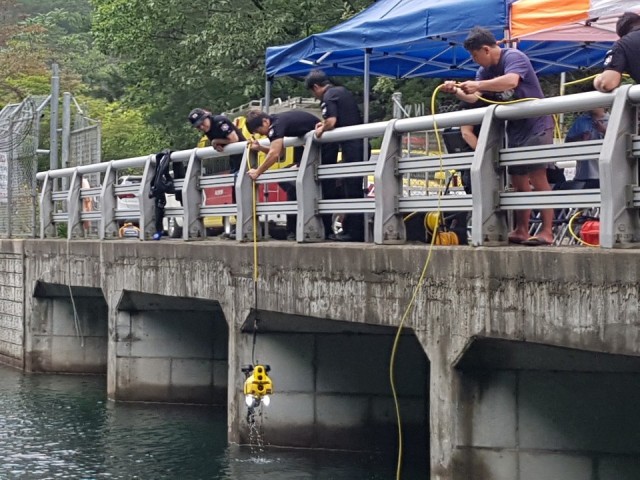There’s a good reason many agencies use remotely operated vehicles (ROVs) to inspect locks, dams, and reservoirs. Actually, there are at least five good reasons.
Agencies such as the U.S. Army Corps of Engineers and the U.S. Bureau of Reclamation have relied on VideoRay for ROVs to tackle various assignments, such as inspecting trash racks for buildup of debris. Why? Here are five things that motivate them:
- 1) Safety of divers – During visual inspections of infrastructure, divers could get stuck on debris or injured or killed at intakes that are supposed to be turned off. Divers working underwater in tandem with an ROV can typically accomplish more tasks under safer conditions.
- 2) Cost savings – The reasonable cost of acquiring an ROV allows agencies to keep one “on the shelf” and ready to respond. Oftentimes, this can head off the expense of dispatching a dive team.
- 3) Quick deployment – Because it’s small and portable, an ROV can be set up and deployed in a matter of 30 minutes or less, depending on the situation. It typically takes longer to get divers deployed.
- 4) Sonar can “see” more – An ROV equipped with sonar can help navigate around larger structures and find obstructions that otherwise would not be picked up during visual inspection by a diver.
- 5) The assignment can be recorded – ROV cameras not only allow for visual inspection; they also can be used to record an assignment. Such recordings can then be included in inspection reports.

 CALL US: +1 610 458-3000
CALL US: +1 610 458-3000
 CALL US: +1 610 458-3000
CALL US: +1 610 458-3000  News
News





